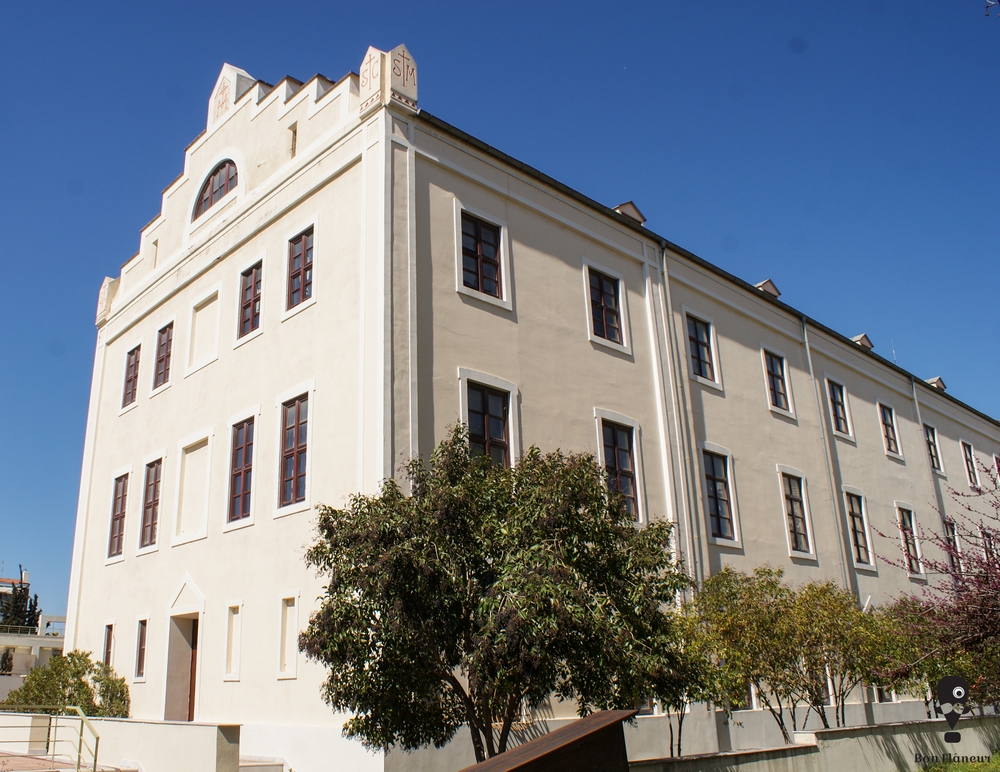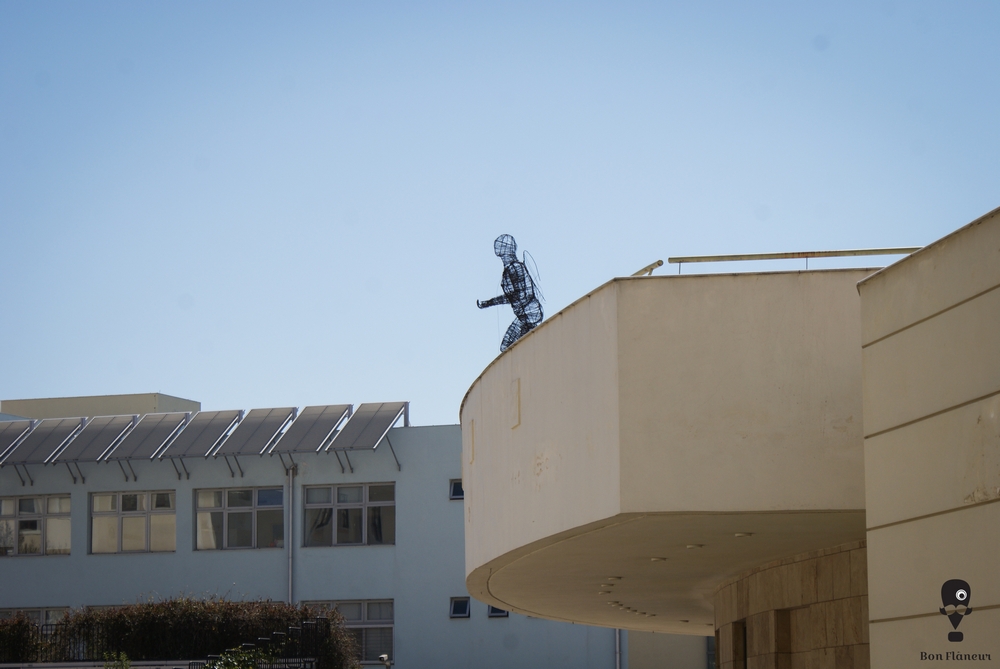Museum of Modern Art, Lazariston Monastery
The Museum of Modern Art is hosted in spaces of the former Lazariston Monastery.
Location
Timeline
Modern and Contemporary era (1912 - )
1980 Listed as a historical monument.
1987 Expropriated by the Ministry of Culture.
1997 Renovated and hosted the technologically-advanced Museum of Modern Art.
Ottoman era (1453- 1912)
1886 Constructed.








Share